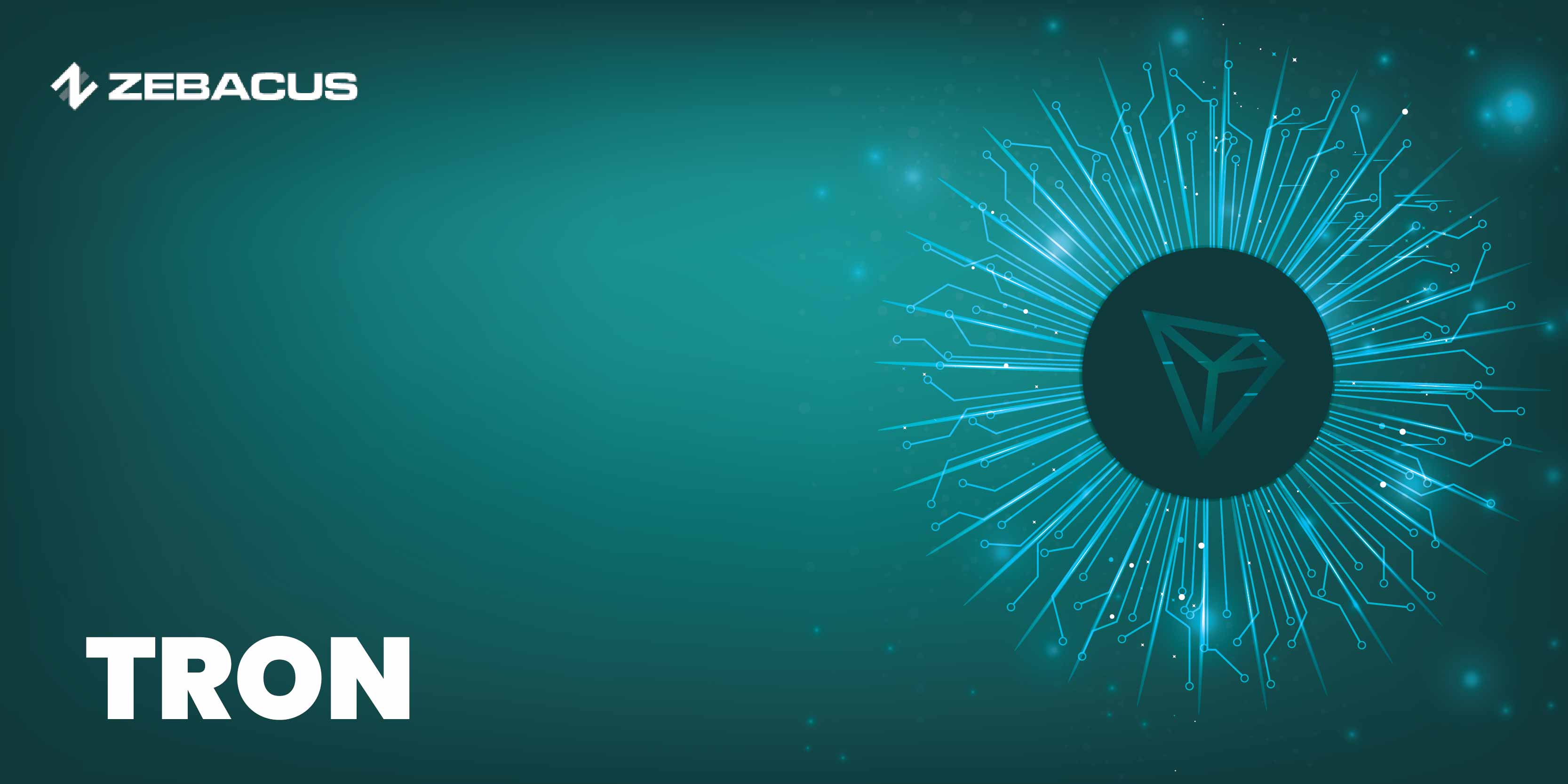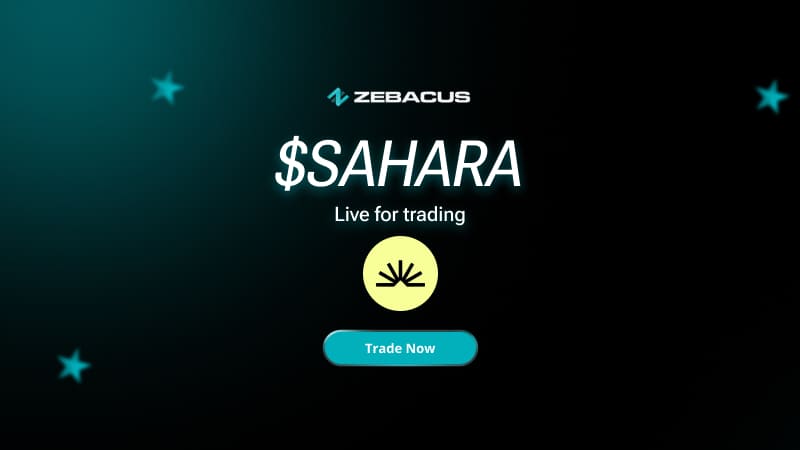What is TRON (TRX)?
Rather than calling itself another blockchain that claims higher transaction speeds than Bitcoin and Ethereum, TRON proposes to become the operating system of the future. From its Chinese origins to its triple-layer architecture, TRON is quite an interesting blockchain project. If you are wondering what all the buzz about this platform is, you came to the right place. Let's dive into the fascinating world of TRON and TRX, its native utility token. We'll keep things as light and casual as possible, like a chat over coffee.
The Basics of TRON
TRON is a decentralized platform that aims to build a free digital content network with distributed storage. In simpler terms, it wants to revolutionize the way we consume digital content. Think of it as a platform that’s looking to disrupt giants like Netflix, YouTube, and Apple Music by cutting out the middleman. Instead, it connects content creators directly with consumers. Pretty cool, right?
The History of TRON
Former Ripple China executive Justin Sun founded TRON in September 2017. Before entering crypto, Sun was a protégé of Alibaba’s Jack Ma and even appeared in Forbes Asia’s 30 Under 30. With TRON, Sun envisioned a decentralized internet where users have control over their data and can share content directly without platform fees or censorship.
The TRON Ecosystem
TRON isn't just a one-trick pony. It boasts a whole ecosystem designed to support its ambitious goals. Here’s a breakdown:
1. TRON Virtual Machine (TVM)
The TVM is akin to Ethereum’s EVM (Ethereum Virtual Machine). It’s the engine that executes smart contracts on the TRON network. This makes it easier for developers to port their decentralized apps (dApps) from Ethereum to TRON.
2. Decentralized Applications (dApps)
TRON is home to numerous dApps, ranging from games to decentralized finance (DeFi) projects. By supporting these applications, TRON hopes to create a vibrant community where users can directly interact and transact with each other.
3. TRON Wallet
TRON offers a user-friendly and secure crypto wallet that supports multiple cryptocurrencies. It is primarily used for managing TRX and interacting with dApps on the TRON network.
4. BitTorrent Integration
In 2018, TRON acquired BitTorrent, the popular peer-to-peer file-sharing protocol. This was a strategic move to bolster its decentralized storage capabilities and leverage BitTorrent’s vast user base.
How Does TRON Work?
Under the hood, TRON operates on a Delegated Proof of Stake (DPoS) consensus mechanism. I know that’s quite a lot to say in one sentence. Let’s break it down:
A consensus mechanism is how a network (here, TRON) agrees on what transactions are valid. Instead of the power-hungry Proof of Work (PoW) used by Bitcoin, TRON uses DPoS. In DPoS, TRX token holders vote for a small number of (27 to be precise) ‘super representatives’ who validate transactions and maintain the blockchain. This setup is faster and more efficient than PoW. TRON claims that, on average, it can handle 2,000 transactions per second. This is significantly better than Ethereum’s 15 and Bitcoin’s 3-7. This speed certainly matters, especially for entertainment platforms aiming to serve millions of users.
The Tronix Token
Tronix, or TRX, is the native cryptocurrency of the TRON network. Though initially, TRX followed the ERC-20 token standard, the TRON mainnet was launched in 2018. It is used for all sorts of things within the ecosystem:
Transaction Fees: Like how Ether is used as gas fees on Ethereum, TRX is used to pay transaction fees in the TRON blockchain. However, it is much lower compared to Ethereum.
Staking: TRX holders can stake their tokens to vote for super representatives and earn rewards.
In-dApp Purchases: Tronix is used for tipping content creators and buying in-game items in the TRON ecosystem.
TRON Controversies
Being controversial is, in a way, part of operating in the crypto space, and TRON is no exception. Some common criticisms of Tron include:
Marketing Hype: Justin Sun is known for his aggressive marketing tactics, which some critics say oversell the project’s capabilities.
Plagiarism Allegations: Early on, TRON’s whitepaper faced accusations of plagiarism from Ethereum and Filecoin. While this was a significant PR blip, TRON has since moved past it and continued to develop its platform.
Why TRON Matters?
TRON offers some compelling advantages for almost anyone who makes money on the web.
For Content Creators: TRON provides a platform to distribute content directly to consumers, bypassing traditional gatekeepers and maximizing revenue.
For Developers: The TRON Virtual Machine and the network’s scalability make it an attractive option for building and deploying dApps.
For Investors: TRX has, over the years, shown resilience and growth potential, making it a notable contender in the crypto market.
Concluding Thoughts
It’s an ambitious project aiming to decentralize the internet and transform the way we interact with digital content. Whether it can fully realize this vision remains to be seen, but its progress so far is impressive. TRON’s community is one of the most passionate and active in the crypto world. But this can also act as a double-edged sword. Along with driving the project forward, the community also sets high expectations for the TRON platform. Looking ahead, TRON aims to continue expanding its ecosystem, improving scalability, and fostering innovation. With the rise of Web3 and decentralized applications, TRON is positioned to play a significant role in the digital content space.







